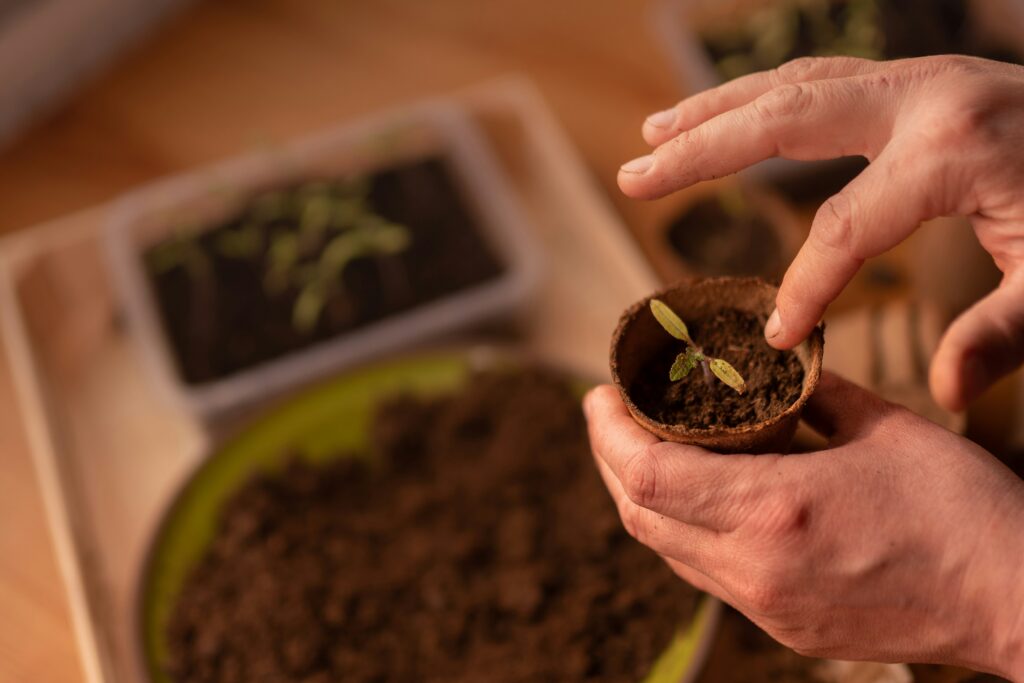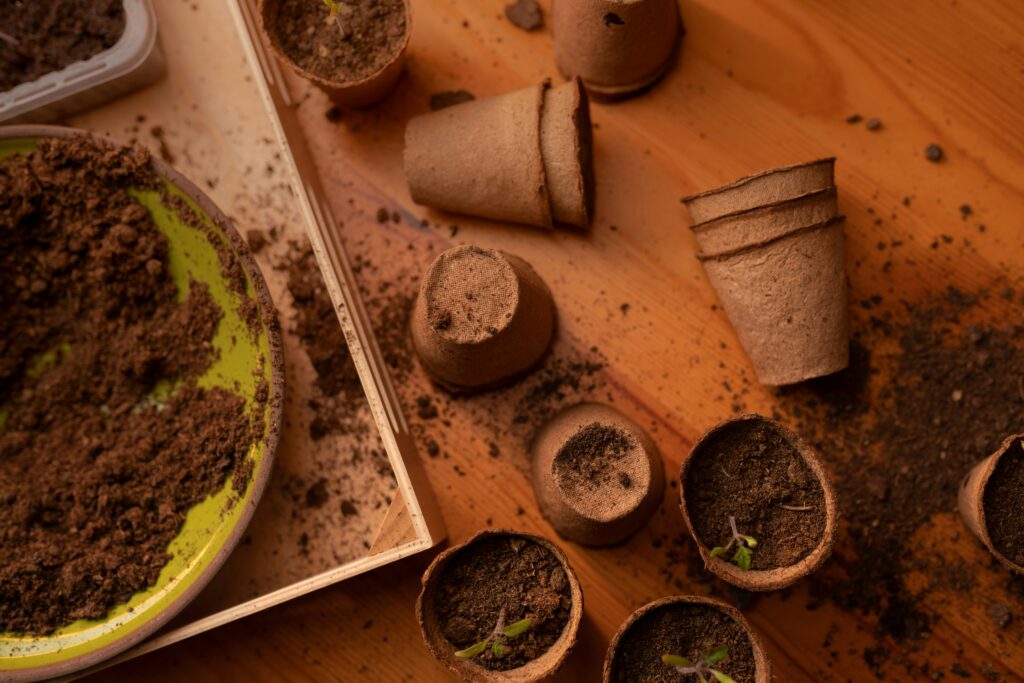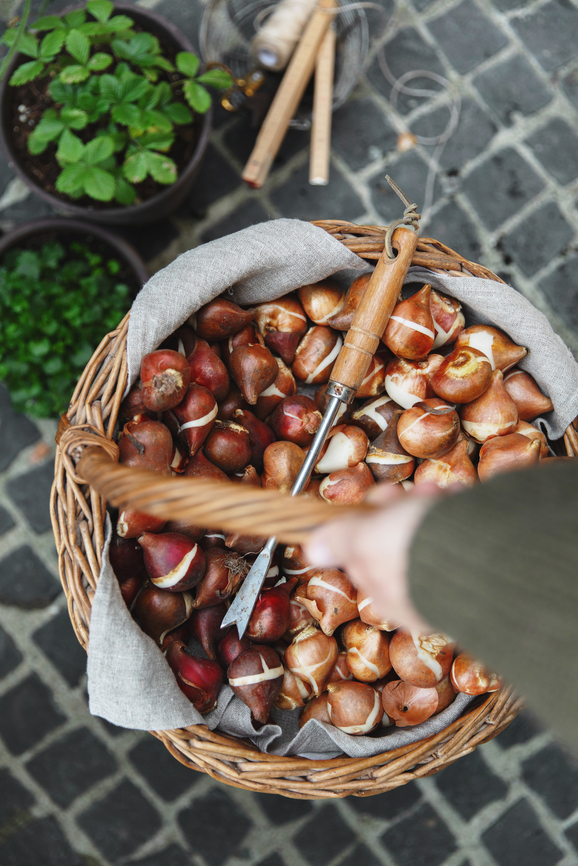The idea of growing food from seed to table has become particularly appealing over the last several years. Like with your first foray into anything, sometimes you are met with profound success, other times frustrating failure and you become understandably discouraged. Growing seeds indoors can and should be a joyful and grounding experience. But we do recognize that it’s not always the case. Fortunately, many of the common problems, have easy enough solutions. Seed starting problems tend to be about 90% issues with preparation and the remaining 10%, out of your control (which can be comforting). In a previous installment of the Wild Blog we reviewed how to successfully start seeds indoors, touching upon the essentials. We then proceeded to dive deeper with a comprehensive checklist. Here, we will review the troubleshooting of common seed starting problems that may arise throughout various stages.
Seed Starting Problems: Germination
Seeds just aren’t germinating. You’ve been waiting for what feels like weeks and nothing has poked through the soil.
In this category we look at two contributing factors. The first, the seeds themselves. The second, the “environment”. Consider the age of seeds as this has a direct impact on their viability. There often will be an “expiry” date, more so indicating when you’ll have the highest rates of success. Next, take a look at your germination rate, if listed on your packed. This will tell you the % or amount of seeds that are expected to begin growing (germinating). Consider how many seeds you planted, if the numbers are too low, it could also be contributing factor. Solution: purchase new seeds.
When it comes to environment, first confirm that your temperature is adequate. Germinating seeds (although varying) need warmer temperatures in their first few weeks. So if you’re germinating in a garage or chilly basement, you may need to implement some extra heat. Otherwise, we look to watering. Too little water will dry out your seedlings, while overwatering can lead to waterlogged soil, thus suffocating the seedlings. Both can damage your seedlings to the point of no return. So, if you find your cell packs to be brittle and very light: underwatering. Sopping wet and heavy: overwatering. Solution: Review how you were watering and adjust accordingly. Most germinating seeds if enclosed (in humidity domes or bins) need to be watered once ever 1-2 days. If your seedlings are exposed (not recommended), check the soil both morning and evening.
Julie comments: In this most fragile stage of germination, if you have developed a watering problem, it’s best to begin again as it is very likely your germinating seed will not be able to bounce back and continue growing. I always recommend starting with a handful of herbs or vegetables that have a relatively good reputation for growing indoors. Seed starting problems affect us all, but it feels better to gain confidence with a few good years.
Cotyledons (First Leaves)
Tiny seedlings have begun popping through the soil. You expect to see the first leaves (called cotyledons), but instead some appear to look like a seed. is growing from the stem.
What you’re seeing here is the seed coat. Funningly referred to a “helmet head” by many gardeners. Various theories exist as to why this happens, sometimes that the seed wasn’t planted deep enough or that the humidity was too low. Either way, it’s a problem readily solved. Solution: First, you wait. Remember, that seedlings are frail and that even a bit of meddling may snap the stem or remove the cotyledons, which means the plant dies. Wait several days to determine if those leaves can remove the seed coat on their own. If not, give the “helmut head” a good misting, and as gently as possible, using tweezers, attempt to remove the seed coat.
Active Growth (From first leaves to being ready for transplant)
My seedlings are growing quickly, the stems are thinning out and some are even falling over.
You need more light. If you’re not using a grow-light to start your seedlings, you’ll likely have a very difficult time avoiding the “leggy” seeds as they’re called. Most seedlings require 8-14 hours of light per day, and it can be very challenging to meet those requirements without artificial assistance. Solution: Once you have a grow-light in place, consider gently burying your seedlings with additional substrate so that about 1-2 inches of seedling remain. This can help support the stem, and with the help of the light, may bring your seedlings back on the right track.
Several of my seedlings have fallen over and just died. The problem looks to be at the stem or base of the stem.
Unfortunately, it may be likely that your seedlings have been infected with a fungal infection known as “damping off disease”. This fungal infection thrives in conditions with cooler temperatures and those with damp, wet, environments. Solution: Once a tray has been hit, any survivors will likely not do well. The best solution here is a preventative one. Consider your temperatures, the containers, the soil mixture and the position of your trays and your watering habits. We recommend first monitoring your temperatures and secondly, utilizing a small fan to help aerate your growing areas. Don’t make the same mistakes twice!
The cotyledons are turning yellow and have begun to fall off! Help!
The first leaves, called cotyledons, can be considered the starter kit for every seed. They provide essential nutrients and kick start the photosynthetic processes. They have a purpose and once nobly fulfilled, they’re no longer needed. Solution: If your first “true leaves”, which will appear daintier and softer than the cotyledons have begun growing, this is a welcomed natural process, so no need to fret! You don’t even need to worry about cleaning them up, they’ll just add back nutrients into the soil.
There’s mold on my soil and my leaves.
Similar to “damping off disease” this can be a problem caused by improper watering and having your seedlings planted too close together. Depending on the age of your seedlings, it may be viable to try and remove the mold. Consider also, what kind of containers you are using. We strongly recommend using seed cell packs and trays; if for example you’re using egg cartons, the material is unsuitable for prolonged water tolerance. Solution: Begin by improving air circulation, in some cases a gentle breeze via fan for a few days can be enough to treat the problem. Next, consider thinning.
The stem, leaves or portions of the plant are turning yellow.
This may seem very concerning, especially if your seedling has several true leaves and has up to this point been growing well. Often, we’ll see notes about fertilization here. Proceed carefully. If you’re using a good soil substrate (we recommend specially formulated seed starting mixtures), it’s unlikely that you have any nutrient deficiencies. Solution: We would first look at the watering. As your seedlings gain momentum, be careful to not overwater. Wait until the top layer has dried out before watering. The comfort here is that you can remedy this seed starting problem generally within a few days. If your watering is adequate, consider moving your light further from your seedlings. This is especially essential if you’re noticing scorching or tiny brown tips. As a last resort consider fertilizing.

Seed starting problems, can usually be adjusted easily enough. We wish you the best of luck in rectifying any issues that arise. P.s., if you don’t already, be sure to follow us on Instagram and Pinterest!




